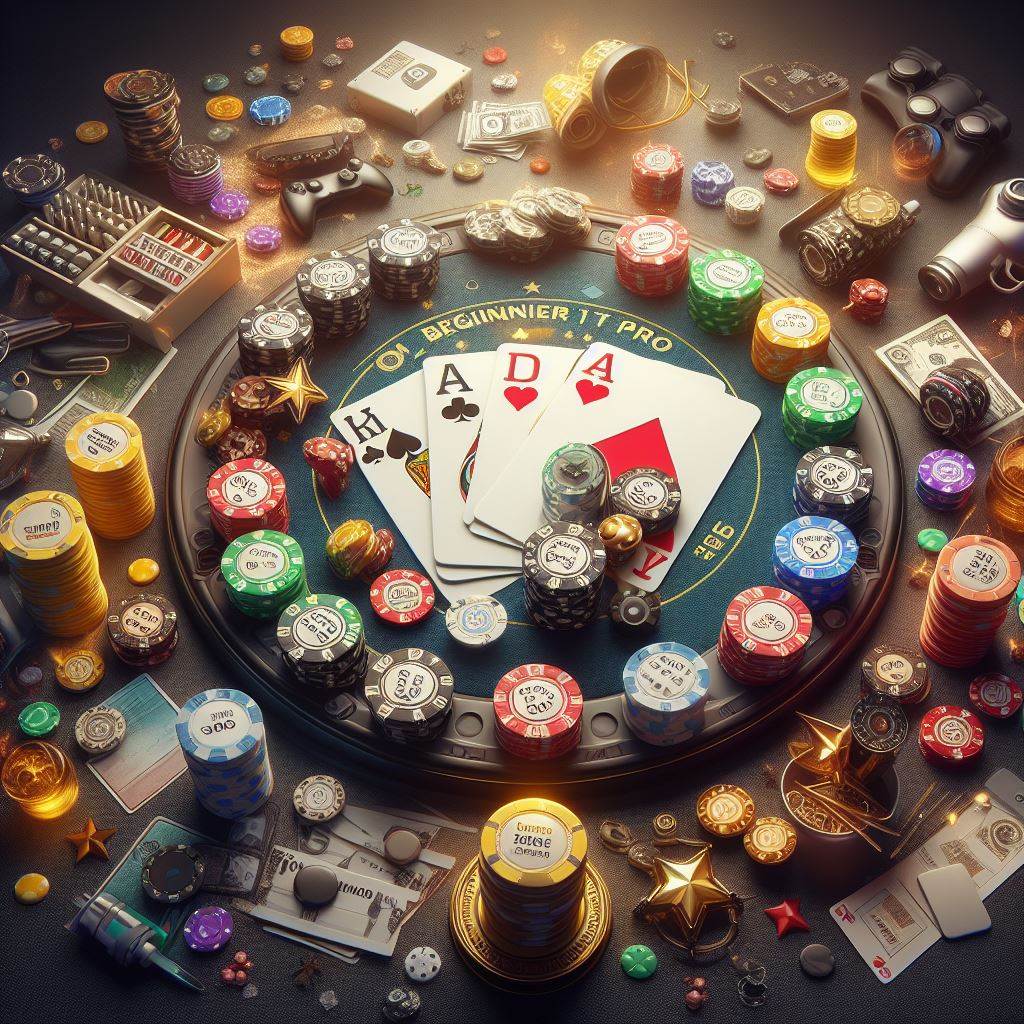Poker is more than a game of luck; it’s a game deeply rooted in mathematics. The players who understand and utilize the mathematical aspects, Behind Winning Poker Strategies specifically odds and probabilities, often find themselves with a competitive edge. This article delves into the key mathematical principles that underpin successful poker strategies, helping you to make more informed decisions at the table.
Understanding the Basics of Poker Odds
Poker odds can be broadly classified into two categories: hand odds and pot odds. Hand odds are the probabilities of completing a winning hand, while pot odds represent the ratio of the current size of the pot to the cost of a contemplated call. Mastering both is crucial for making strategic decisions about when to bet, call, or fold.
Hand Odds
Hand odds are essentially the likelihood of making the hand you need to win. For instance, if you’re holding four cards to a flush after the flop, you need to know the probability of getting a fifth card of the same suit on the turn or the river. This calculation involves counting the number of cards that will help you (known as “outs”) and then determining the likelihood of one of those cards appearing.
To calculate, Behind Winning Poker Strategies consider that there are 13 cards of each suit. If you have four, there are nine more that could complete your flush. With 52 cards in a deck and 47 unseen after the flop, the probability of hitting your flush on the next card is 9 out of 47, or approximately 19%. The odds then slightly improve for the river if you miss the flush on the turn.
Pot Odds
Pot odds are calculated by comparing the size of the pot to the size of the bet you must call. For instance, if the pot is $100 and you must call a $10 bet, the pot odds are 10 to 1. You are risking $10 to win $100, which can be very favorable if the odds of completing your hand are better than these pot odds.
Applying Odds to Your Poker Strategy
Knowing the odds is one thing, but applying them effectively is another. Here are some practical applications:
- When to Call: You should consider calling a bet if the pot odds are greater than the odds of completing your hand. Using the earlier example, if the odds of completing your flush are roughly 19% (or about 4 to 1 against), and the pot odds are 10 to 1 in favor, it’s mathematically advantageous to call.
- When to Fold: Conversely, if the odds of completing your hand are worse than the pot odds, it’s a better decision to fold. For instance, if another player makes a large bet that gives you pot odds of 2 to 1, but your hand odds are 4 to 1 against, folding would be the wiser choice.
- Bluffing and Semi-Bluffing: Understanding odds can also inform your bluffing strategies. A semi-bluff, for example, involves betting or raising with a hand that isn’t the best but has a decent chance of improving. By combining the chance of winning the pot immediately with the chance of improving to the best hand, you can make more calculated risks.
The Importance of Expected Value
Expected value (EV) is a concept that combines odds with the outcomes’ potential gains or losses. A positive EV indicates that a play is expected to win money over time, Behind Winning Poker Strategies while a negative EV suggests a losing play. Calculating EV requires considering all possible outcomes, their probabilities, and their respective payoffs, guiding you toward the most profitable decisions.
Conclusion
The ability to calculate and apply poker odds is fundamental to developing a winning strategy. While intuition and reading your opponents are also important, the best players often rely on their understanding of mathematics to guide their decisions. By continually practicing these calculations and applying them in real-game situations, you can significantly improve your poker play, making decisions that are not just based on gut feeling but backed by solid mathematical reasoning.
Read More: The Psychology of Poker: Understanding Player Dynamics



